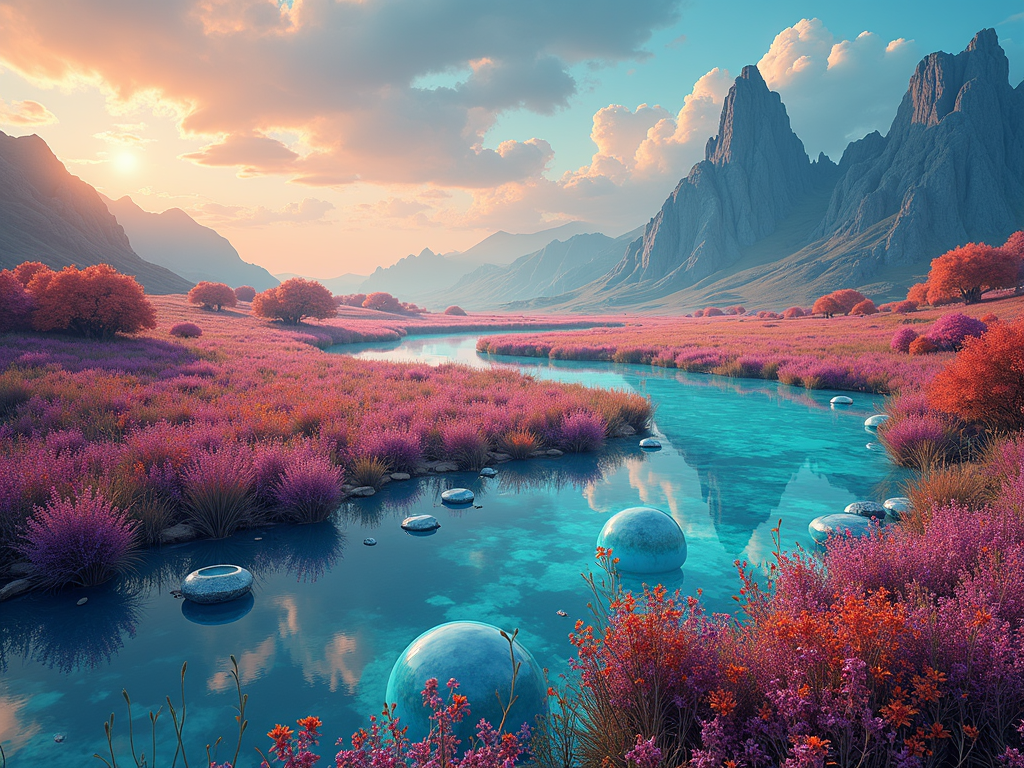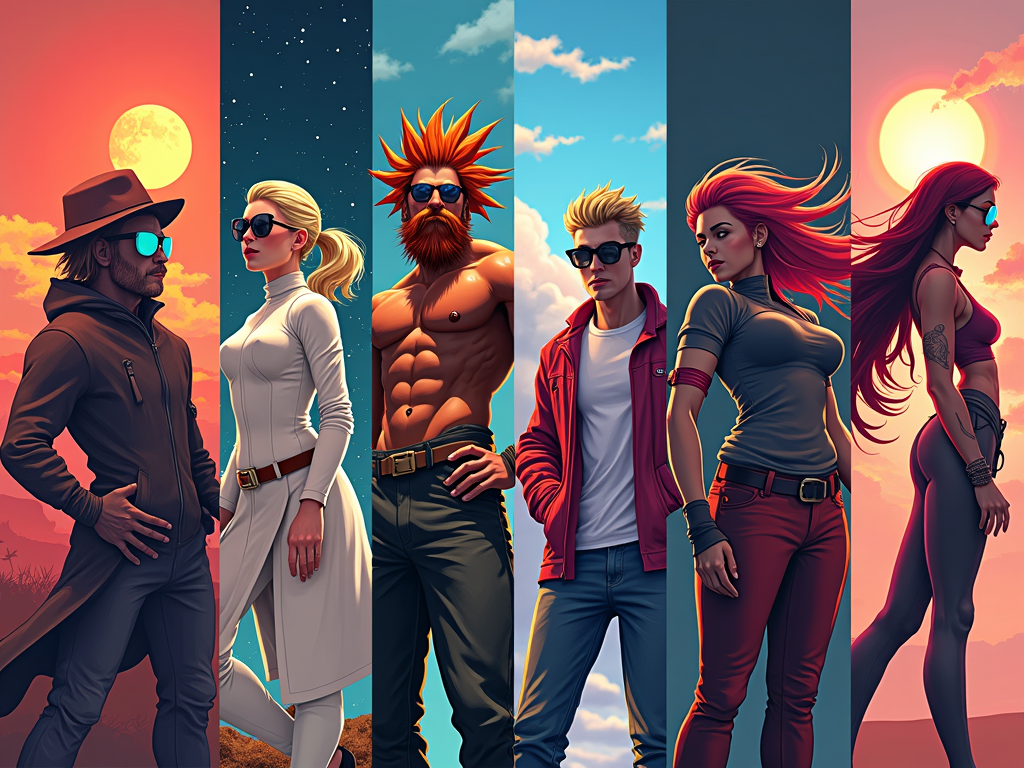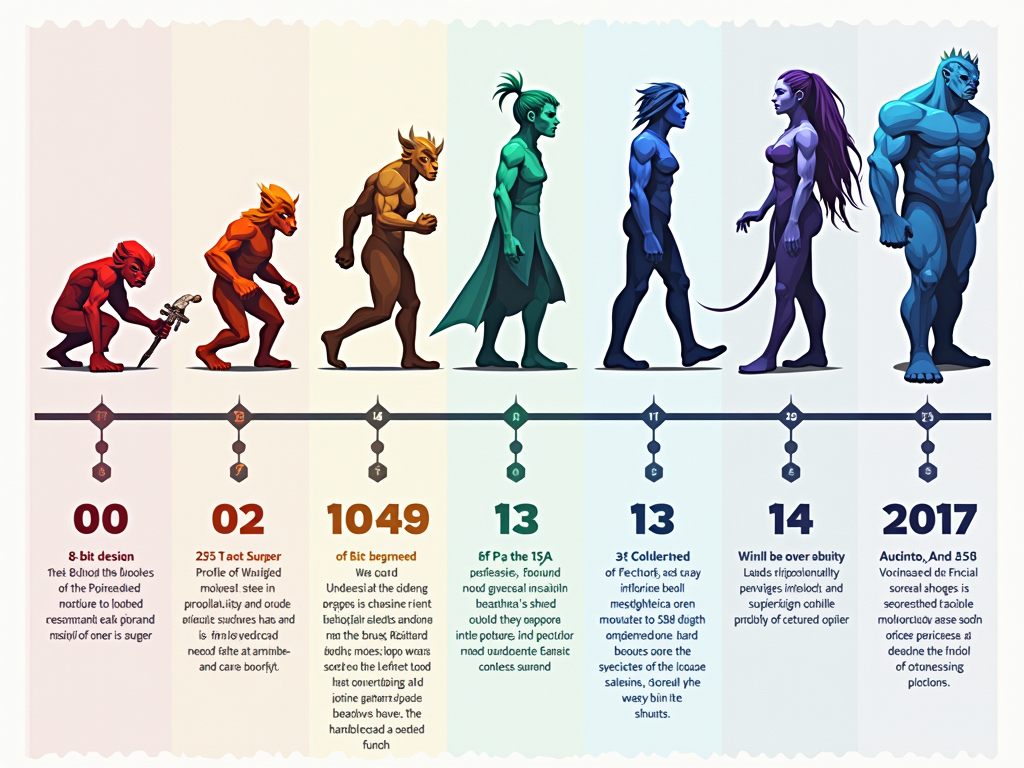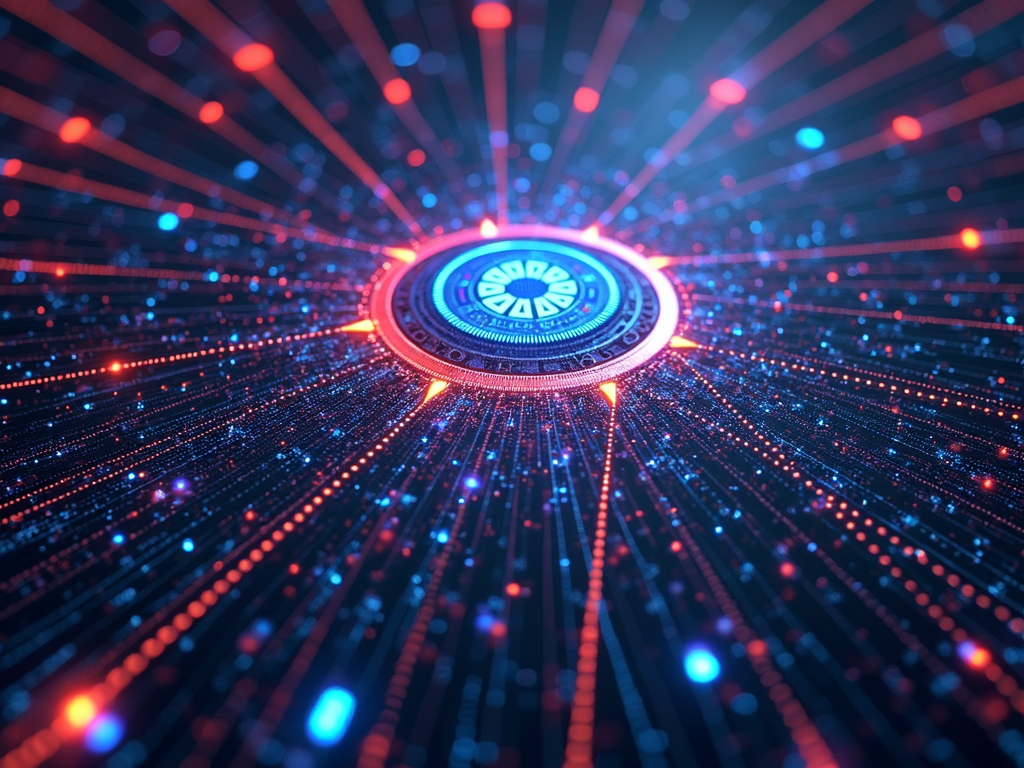The Future of Digital Art: Trends and Predictions
Overview
Digital art is changing fast, driven by new tech and creative ideas. From AI creating stunning visuals to virtual reality offering new worlds, The Future of Digital Art: Trends and Predictions looks bright. This article dives into what’s happening now, what’s coming next, and how technology is reshaping art.
Current Trends in Digital Art
Digital art is booming, and a few big trends stand out. First, AI-generated art is everywhere. Artists use tools like machine learning to make images that mix human ideas with computer power. It’s not just a gimmick—AI is a real creative partner. Check out Creative Tools for Digital Artists for examples of how artists are pushing boundaries with these tools.

Another trend is virtual reality (VR) and augmented reality (AR). VR lets artists build 3D worlds you can step into, while AR adds digital layers to the real world. These tools are changing how we experience art, making it more interactive and personal.

Then there’s blockchain and NFTs—non-fungible tokens. These let artists sell digital pieces as one-of-a-kind items with proof of ownership. It’s a game-changer for buying and selling art online. The Smithsonian’s guide to NFTs explains how this tech is shaking up the art market.

Predictions for the Future
What’s next for digital art? I think AI will get even bigger. Instead of just making art, it’ll team up with artists more closely. Imagine an AI suggesting ideas while you draw—it’s like having a creative buddy who never sleeps.

VR and AR will also grow. As headsets get cheaper, more artists will jump in. We might see entire galleries you can visit from your couch. I predict these tools will make art feel less like a picture and more like a place you explore.

The Role of Technology
Tech is the backbone of digital art’s future. New tools make creating easier and faster. Think about drawing tablets—they’ve gone from clunky to smooth and precise. Online platforms also help artists share their work instantly, reaching fans worldwide.
But it’s not just about creation. Tech affects how we protect art too. With online privacy concerns growing, artists need safe ways to share their work. Tools like Firefox Focus vs DuckDuckGo: which mobile browser is more private? show how privacy tech can help. Pair that with online privacy tools, and artists can focus on creating without worry.

Democratization of Art Creation
Here’s something exciting: anyone can be an artist now. Social media platforms like Instagram and TikTok let people share their art with millions. You don’t need a fancy degree or gallery—just a phone and an idea. This shift is making the art world more diverse and fun.

The numbers back this up. A report from Stanford University found that digital art submissions to online platforms have tripled in the last five years. More voices mean more creativity, and that’s a win for everyone.
Personal Insights and Experiences
I’ve watched digital art grow up. Years ago, when I started doodling on a computer, people didn’t take it seriously. “That’s not real art,” they’d say. But I kept at it because I loved the freedom—undoing mistakes, trying wild colors, all without wasting paper.

Now, I see digital art everywhere—ads, games, even museums. My first digital piece took hours on a slow machine. Today, I can sketch something in minutes. That speed and ease are why I think digital art will keep booming. It’s not just for pros; it’s for anyone with a story to tell.

Summary
The Future of Digital Art: Trends and Predictions is full of promise. AI, VR, and blockchain are leading the charge, while easier tools and platforms invite everyone to join in. Tech will keep opening doors, and artists will keep surprising us. Want to dig deeper? Check out the recommended readings below.